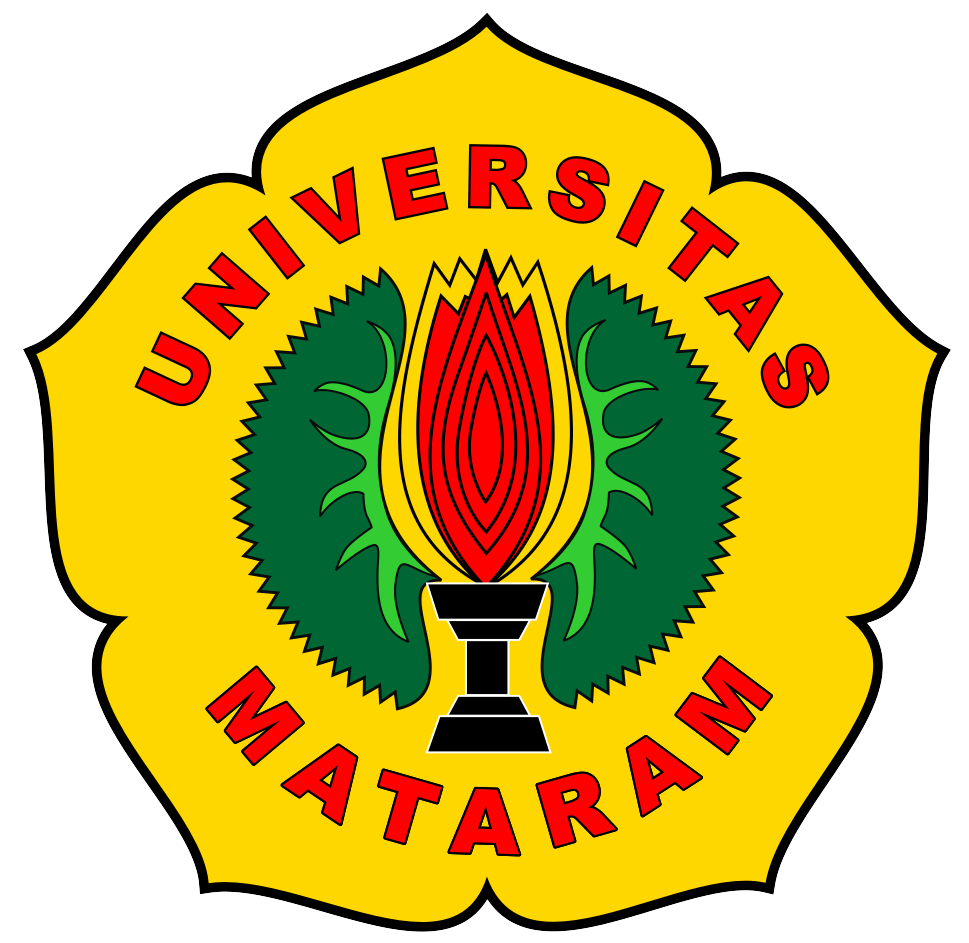DERMATITIS SEBOROIK PADA ANAK DENGAN HIDROSEFALUS DAN GIZI BURUK: BAGAIMANA KORELASINYA ?
DOI:
https://doi.org/10.29303/jk.v11i1.4337Keywords:
Otomyasis,, Larva,, Otitis Media Supuratif KronisAbstract
Dermatitis seboroik adalah inflamasi kronis kulit berulang yang bermanifestasi sebagai makula atau plak eritematosa berbatas tegas dengan skuama berwarna kuning-putih berminyak yang disertai dengan pruritus. Kondisi ini biasanya terjadi sebagai respons inflamasi terhadap spesies Malassezia dan cenderung terjadi pada area dengan banyak glandula sebasea. Dermatitis seboroik pada anak sering terjadi pada area kulit kepala, alis, kulit di belakang telinga, diaper area, lipatan kulit di leher dan di bawah lengan. Berbagai faktor intrinsik dan lingkungan, seperti sekresi glandula sebasea, kolonisasi jamur kulit dan kerentanan individu semuanya berkontribusi pada patogenesis dermatitis seboroik. Kami membahas
sebuah kasus mengenai seorang anak berusia 5 tahun dengan klinis hidrosefalus dan gizi buruk disertai dengan keluhan tampak ketombe dengan warna kekuningan yang sifatnya hilang timbul. Awalnya terlihat bercak kemerahan pada tengkuk pasien bagian kiri yang semakin lama menyebar ke kedua sisi. Selang 1-2 hari kemerahan tersebut menjadi ketombe yang kekuningan dan rapuh. Keluhan tersebut mulai timbul ketika kepala pasien semakin membesar sehingga pasien tampak sulit untuk menggerakan kepalanya. Deskripsi lesi pada area kulit kepala bagian belakang sampai lipatan leher berupa lesi makula eritema berjumlah soliter, berbentuk plakat, berbatas tegas, ireguler, tersebar regional di regio servikalis
posterior, disertai dengan skuama tipis kekuning-kuningan dan berminyak. Pasien didiagnosa kerja dengan dermatitis seboroik. Penting untuk mengetahui faktor risiko dan tatalaksana pada kasus dermatitis seboroik untuk mencegah kekambuhan.
Downloads
Published
Issue
Section
License
Authors who publish with Unram Medical Journal, agree to the following terms:
- Authors retain copyright and grant the journal right of first publication with the work simultaneously licensed under a Creative Commons Attribution 4.0 International License (CC-BY License). This license allows authors to use all articles, data sets, graphics, and appendices in data mining applications, search engines, websites, blogs, and other platforms by providing an appropriate reference. The journal allows the author(s) to hold the copyright without restrictions and will retain publishing rights without restrictions.
- Authors are able to enter into separate, additional contractual arrangements for the non-exclusive distribution of the journal's published version of the work (e.g., post it to an institutional repository or publish it in a book), with an acknowledgment of its initial publication in University of Mataram's Journal of Medicine.
- Authors are permitted and encouraged to post their work online (e.g., in institutional repositories or on their website) prior to and during the submission process, as it can lead to productive exchanges, as well as earlier and greater citation of published work (See The Effect of Open Access).
- This journal is open access journal which means that all content is freely available without charge to users or / institution. Users are allowed to read, download, copy, distribute, print, search, or link to full text articles in this journal without asking prior permission from the publisher or author.






